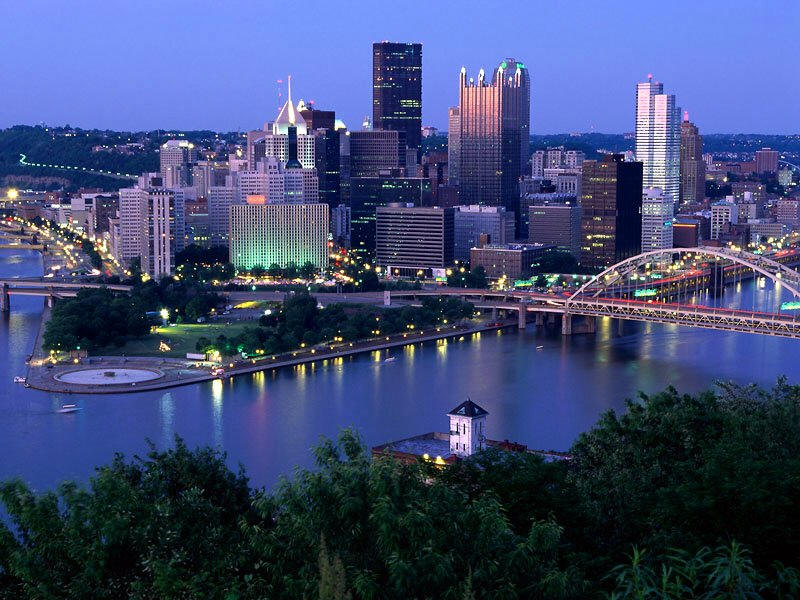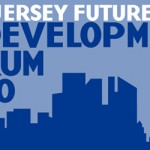New Jersey Future Blog
Pittsburgh Offers Bold Model for Redevelopment
March 16th, 2011 by New Jersey Future staff
- Twenty years ago, the city of Pittsburgh was at rock-bottom. Its industrial base had been drained of its lifeblood, the steel industry. Its central business district had the look of a ghost town. The 1990 Census reported that six of the eight poorest census tracts in Pennsylvania were public housing communities in Pittsburgh.
- Today, Pittsburgh has been transformed from “Hell with the lid blown off” into a hub for medical research, high-tech manufacturing and financial services. Its unemployment rate in December 2010 (7.5 percent) was well below the national average. More than 1,000 acres of blighted, abandoned industrial properties have been transformed into new commercial, residential, retail and public uses. For the last three years, Pittsburgh has topped The Economist magazine’s list of “most livable cities” in the United States.
- Much of the credit for Pittsburgh’s turnaround has gone to Tom Murphy, the longest-serving mayor (1994-2005) in the city’s history and now a senior resident fellow for urban development at the Urban Land Institute, where he specializes in urban public policy and urban revitalization.
Murphy’s Law: ‘It’ll Do’ Won’t Do
During his three terms as mayor of Pittsburgh, Tom Murphy presided over the economic resurrection of a city that had been crippled by the loss of nearly half its population since 1950, and more than 100,000 jobs in steel and related manufacturing industries in the 1980s alone.
How did he do it? As he told a rapt lunchtime audience at New Jersey Future’s sixth-annual Redevelopment Forum on March 4, turning around the fortunes of Pennsylvania’s second-largest city required nine components:
- Leadership
- Vision
- Clear public benefits, goals and values
- Institutional capacity
- A transparent public process
- Financing
- Land control
- Design excellence
- Trust and confidence.
“The ‘it’ll do’ syndrome”—looking at an imperfect solution to a problem and saying, “Well, OK, it’ll do”—should no longer be considered acceptable, Murphy declared. In Pittsburgh, he said, the time had come to adopt “no-guts, no-glory, take-no-prisoners strategies” to solve the city’s many glaring and immediate problems.
The gutsiest strategy, he said, was resisting pressure in his crime-ridden city to hire more police officers, and instead finding the necessary funds to purchase strategically located abandoned properties, then forming public-private partnerships to redevelop them and put them to productive use. He cited as an example a 240-acre site 10 minutes from downtown Pittsburgh where a shuttered U.S. Steel plant had left behind a mountain of slag, a waste product from steel-making. After the city bought the property, it joined forces with a redeveloper to clear the site, remediate it, plant vegetation and ultimately create Summerset at Frick Park, a pedestrian-friendly community of homes, townhomes, apartments, condos and flats.
The city also teamed up with the private sector to redevelop the core of the central business district—the “Golden Triangle” where the Allegheny and Monongahela rivers meet to form the Ohio River. The old Three Rivers Stadium was leveled and new, state-of-the-art venues were built for the city’s professional sports teams: Heinz Field for the Steelers and PNC Bank Park for the Pirates. Nearby, the David L. Lawrence Convention Center—the first and largest certified “green” convention center in the world, and the only meeting venue to be awarded the Gold LEED® Certification by the US Green Building Council—hosted the G20 Summit in 2009.
Throughout his tenure as mayor, Murphy said he was frequently told that Pittsburgh did not have enough money to undertake many of the activities and projects he initiated. His own view, as applicable to conditions today in most cities (and states) as it was to the situation he faced in Pittsburgh, was this retort: “Money is always the excuse, but never the real reason, why something can’t be done.”
As cities and towns in New Jersey grapple with the economic and social challenges of the 21st Century, Murphy said, they can draw some lessons from the example set by Pittsburgh, but should also look to the model of Minneapolis and St. Paul, where regional tax-base sharing initiated 40 years ago has led to land-use decisions that preserve open space and maintain vibrant downtowns. (The only other region in the country that has adopted this same principle is New Jersey’s Hackensack Meadowlands.) “Boundaries have no meaning anymore,” Murphy asserted. “If towns are competing with each other rather than with China, they’ll lose.”
As a dynamic and inspirational speaker, attendees at the Redevelopment Forum agreed, Tom Murphy came up a winner.
Related Posts
Tags: Future Facts, Redevelopment

















